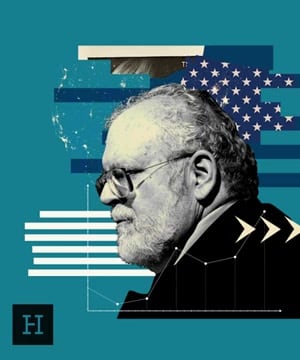Indian Muslims
Sources:
Here are various perspectives on Indian Muslims from different experts:
-
Fareed Zakaria on the integration of Muslims in India:
- Indian Muslims, representing about 10%-12% of the population, largely coexist peacefully with other religions. Despite the proximity to radicalized regions like Pakistan and Afghanistan, Indian Muslims have remained notably uninfluenced by extremist ideologies. Zakaria attributes this to India's historical syncretic culture, where multiple religious beliefs coexisted harmoniously. He notes that Indian Muslims generally don't support Islamic fundamentalist parties, often voting for secular parties instead. However, there is rising concern over increasing persecution in recent years 1.
-
Vikram Sood on India's secular identity:
- Sood highlights India's massive Muslim population, which is larger than Pakistan's, emphasizing their significant contributions to the country's cultural and professional landscapes. Despite existing challenges, he stresses that Indian Muslims face similar issues as other Indians in comparable circumstances. Sood contrasts India's secularism with Pakistan's Islamic identity, proposing that India's diversity and majority tolerance underpin its secular framework 2.
-
Steven Longden on the spiritual beauty of Islam:
- Longden recounts a warm experience during Ramadan in Mecca, illustrating the compassion and unity within the Muslim community. He emphasizes the disconnect between the peaceful, poetic essence of Islam and the violent extremism often depicted in the media, which skews public perception, particularly in the U.S. This memory serves as a reminder of the beauty and communal strength found in Islamic practices 3.
-
Walter Mead on geopolitical dynamics involving India:
- Mead touches on India's relationships in the Middle East, noting the strategic partnerships and growing military presence in the region. He mentions India's concerns about radicalism and the importance of maintaining stable commercial relations with Gulf countries, highlighting the complexity of India's foreign policy towards predominantly Muslim countries 4.
-
Gary Arndt on the formation of Pakistan:
- Arndt provides historical context on the push for a separate Muslim nation, which led to Pakistan's creation. He notes the rise in Hindu-Muslim tensions and violence as independence from British rule loomed, reflecting the deep-seated communal divides that influenced the subcontinent's political restructuring 5.
RELATED QUESTIONS-

